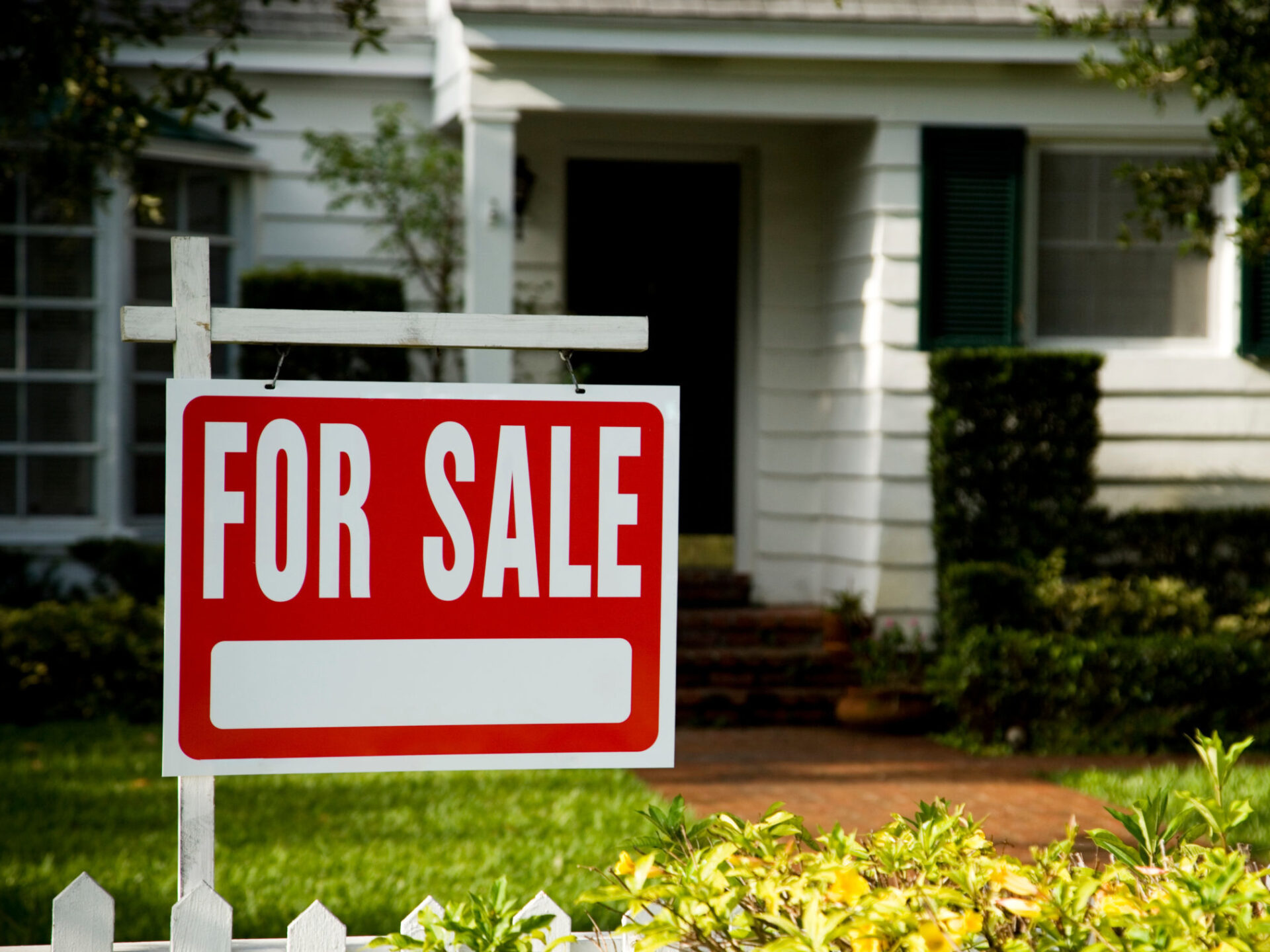By Elise Daniel
Interest rates jumped to 2.97 percent last week, the highest they’ve been in six months. On its own, the increase is not significant—but it may actually be monumental if it is the beginning of a rate surge that has been long predicted.
If the historic decline in rates that we have been experiencing has finally reached its bottom, then today’s rates may be the lowest available for months, and maybe years, to come. But if the surge doesn’t arrive and this week’s minor increase is just a predictable blip, then the frenzy will have been overblown.
One market watcher has said that a “perfect storm is brewing,” but as any meteorologist knows, prediction is always a hard game. Market prediction is surely harder now when the market has experienced so many black swan events (related to the coronavirus pandemic) in the past year.
Like any good storm-watcher, there are a few variables we should keep an eye on that could indicate if the rates are going to stay around 3 percent, or if a rate surge has begun.
Indicators of a Surge
10-Year Treasury Bond: The rate on this particular bond is often a bellwether of what will happen to mortgage rates, and it has recently returned to pre-pandemic levels.
“As long-term Treasury yields start to rise, then that’s going to put upward pressure on fixed-rate mortgage rates,” Frank Nothaft, chief economist with the real estate data firm Corelogic, told NextAdvisor.
More Stimulus: The Biden administration’s $1.9 trillion stimulus package is working its way through Congress. More stimulus means more consumer spending which typically drives rates up.
Vaccine Roll-out: Hopes are high that within a few months, enough people will have received a Covid-19 vaccine that life will begin to return to normal. That return to normality will hopefully mean increased employment levels, more consumer spending, and (potentially) a return to pre-pandemic mortgage rates.
Inflation: Unprecedented amounts of government stimulus spending coupled with easy money monetary policy in recent years has many people concerned that crippling inflation is coming. The rising tide of inflation has historically taken mortgage rates with it.
“It’s very premature to talk about all the fallout from a high-inflation environment. It would likely take years for that situation to develop,” said Greg McBride, chief financial analyst at Bankrate. “But in hindsight, we’ll look back and see that the seeds were planted in 2019 to 2020 and 2021.”
What A Surge Would Mean
The recent trend of historically low rates has created a refinancing boom on top of increasing home sale numbers. “Consumers are hearing inflation talk and saying ‘Holy crow, I’d better lock in a mortgage,’” Paul Buege, president of Inlanta Mortgage, commented to the Financial Times.
This increased demand initially put a lot of pressure on the market, resulting in an imbalance in supply and demand and delays in issuing loans. Lenders responded by increasing their capacity, but that cut into their profit margins.
An increase in mortgage rates would almost immediately end the refinancing frenzy as fewer borrows would end up saving money through that option, but it’s not likely to have a major impact on home buying.
“Historically, rates have never been the deal breaker,” Mortgage Bankers Association economist Joel Kan toldNextAdvisor. “When it comes to such a big decision [home buyers] are going to adjust in other places to make sure the monthly payment is manageable.”
So, is the surge beginning? Maybe. But just as the historically-low rates have been a mixed bag for the market—good for buyers, demanding, but still profitable for lenders—increasing interest rates may have variable impacts. The most significant outcome may simply be in the symbolism of rising rates, signaling the end of the pandemic’s economic impact.
